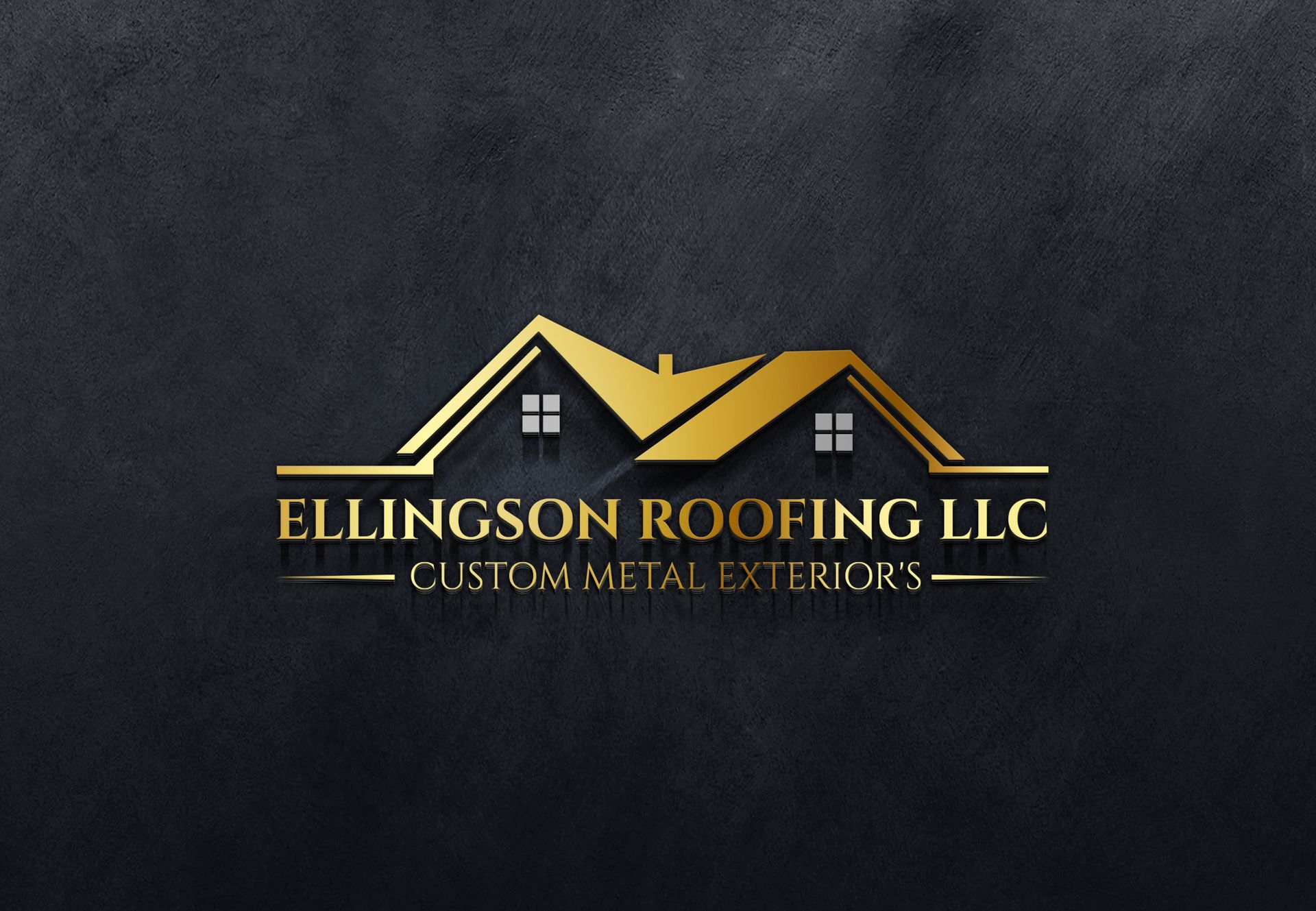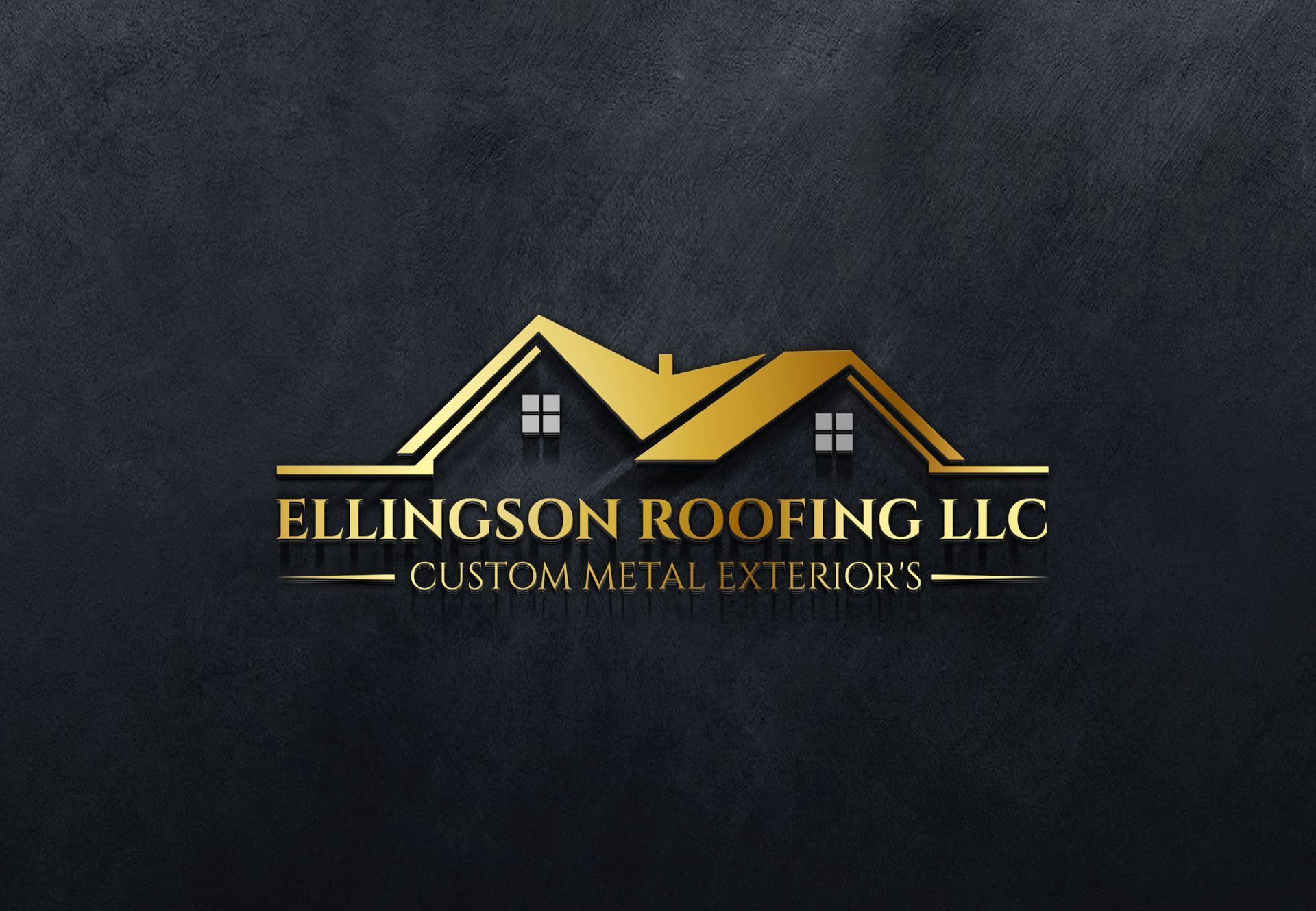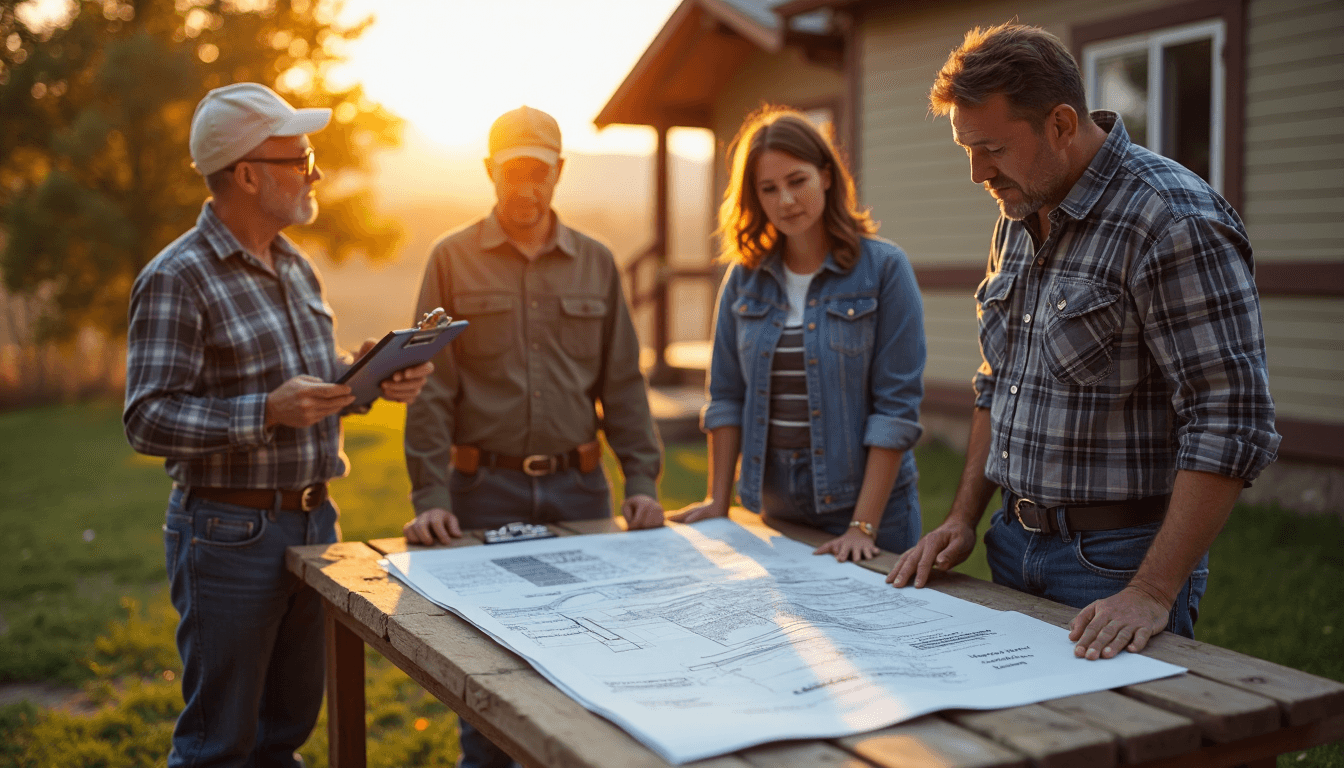Solar and Roof Compatibility in Montana: 2025 Guide
Contact Us
Solar and Roof Compatibility in Montana: 2025 Guide
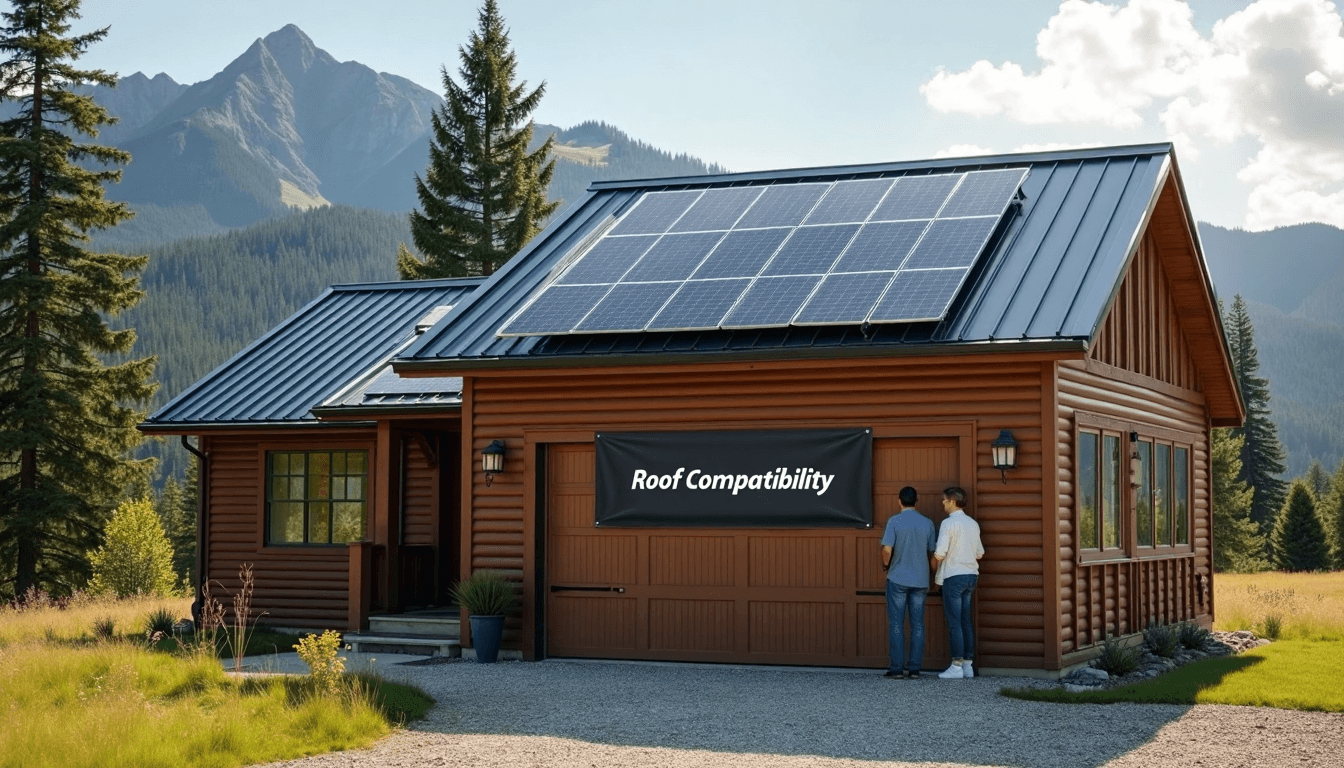
Montana is seeing a quiet solar revolution, but not every rooftop can handle the ride. Here is the twist: metal roofs can last up to 75 years and allow solar panel installation without puncturing the roof surface . Most people think installing solar panels is all about sun exposure or fancy technology, but your roof might be what really determines your solar success.
Table of Contents
Quick Summary
| Takeaway | Explanation |
|---|---|
| Roof Condition is Critical | Ensure your roof is less than 10 years old and in excellent condition before considering solar panel installation to avoid complications and ensure safety. |
| Metal Roofs are Optimal | Metal roofs provide long-lasting durability and excellent compatibility for solar installations, allowing for mounting without penetrations that can cause leaks. |
| Professional Assessments are Essential | Engage roofing specialists for a comprehensive evaluation of structural integrity, material compatibility, and sun exposure before solar installation to maximize efficiency. |
| Navigate Local Regulations | Be aware of and comply with local building codes and permit requirements to ensure seamless installation and legal compliance, particularly for historic properties. |
| Consider Insurance Implications | Consult with your insurance provider to verify coverage for solar installations, ensuring your roof has ample life expectancy to avoid future replacement issues. |
Understanding Solar and Roof Compatibility Basics
Solar energy represents a powerful solution for homeowners seeking sustainable power generation. However, successful solar panel installation depends critically on understanding the intricate relationship between your roof’s characteristics and solar technology compatibility.
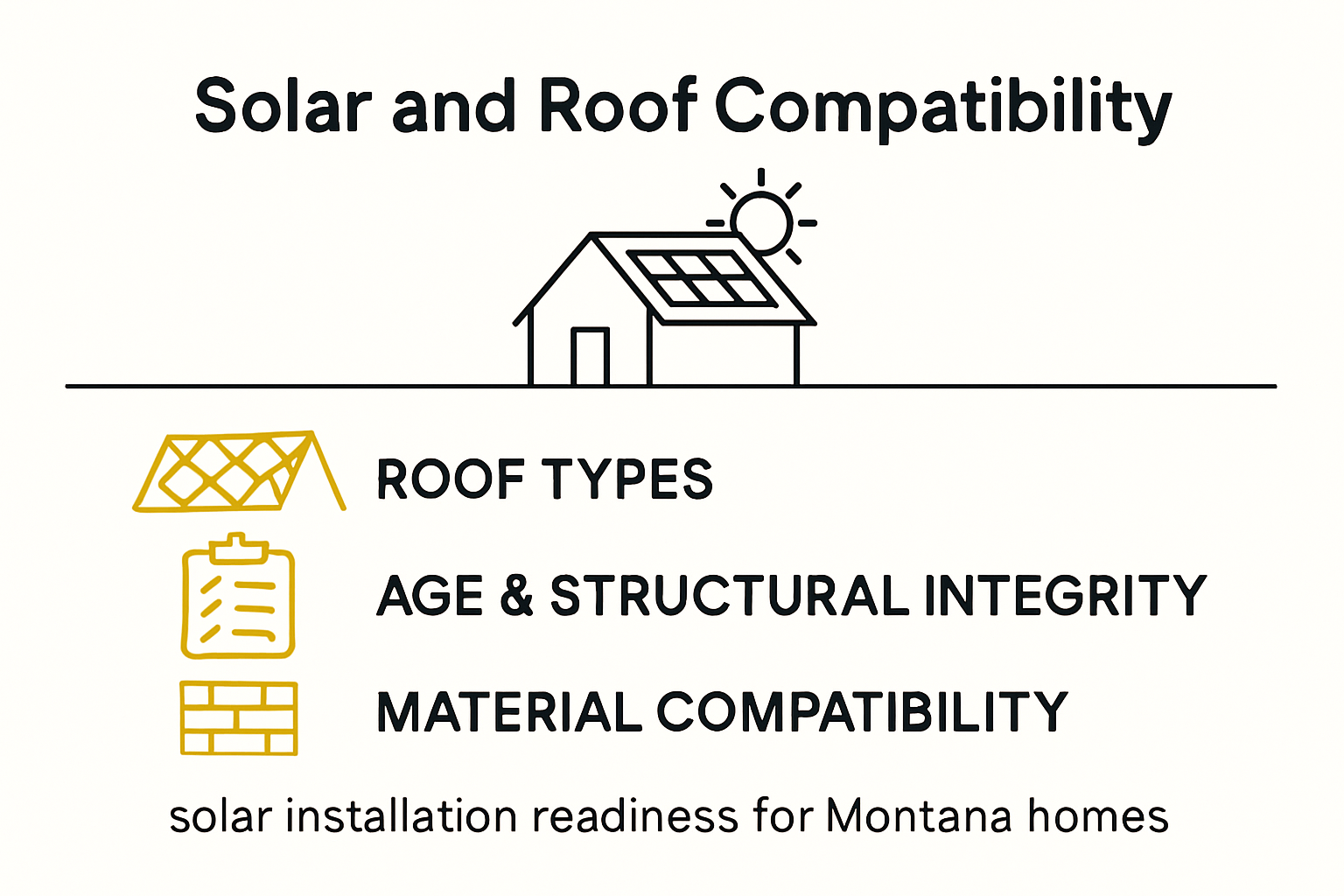
Roof Structural Considerations for Solar Panels
Not every roof provides an ideal platform for solar panel installation. Roof age, material, slope, and structural integrity play crucial roles in determining solar readiness. Research from the National Renewable Energy Laboratory suggests that roofs should typically be less than 10 years old and in excellent condition before considering solar panel mounting.
In Montana, where weather conditions can be particularly challenging, roof durability becomes even more critical. Metal roofs and architectural asphalt shingles often demonstrate superior solar panel compatibility compared to traditional materials. According to a study analyzing rooftop solar potential , stacked gable roofs offer more spacious planes with optimal solar radiation gain, making them particularly suitable for photovoltaic installations.
Thermal Performance and Solar Efficiency
Interestingly, roof design impacts more than just structural support. Temperature and material characteristics directly influence solar panel performance. Research indicates that green and clay tile roofs can reduce photovoltaic module temperatures by 1.5–3 °C, potentially enhancing power output efficiency by up to 6%.
This thermal management becomes particularly important in Montana’s variable climate, where temperature fluctuations can significantly impact solar energy generation. Homeowners must consider not just the roof’s ability to support solar panels, but also how different roofing materials interact with solar technology to maximize energy production.
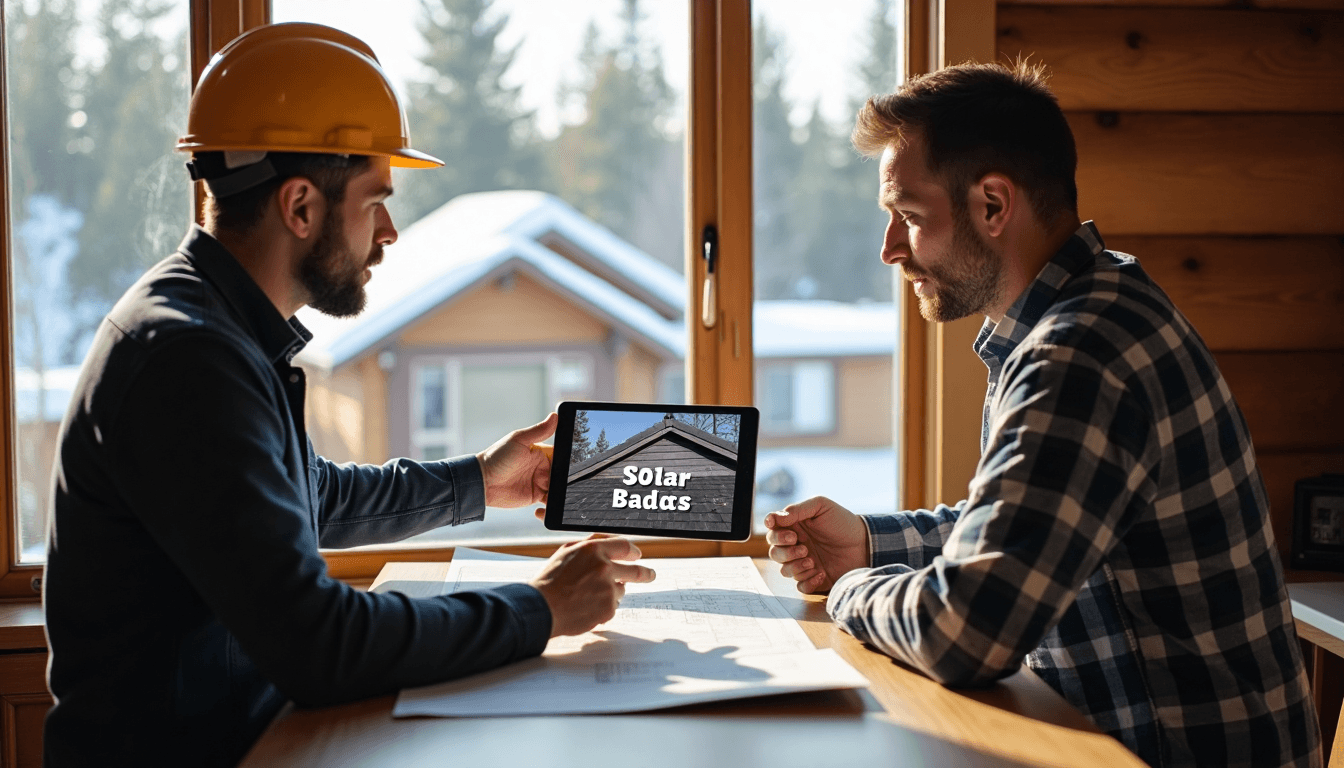
Professional Assessment and Preparation
Before investing in MT solar installation, a comprehensive roof evaluation is essential. Professional roofing specialists can assess critical factors such as:
- Structural Integrity : Ensuring the roof can support additional solar panel weight
- Sun Exposure : Analyzing roof orientation and potential shading issues
- Material Compatibility : Determining which roofing materials work best with solar technology
- Potential Modifications : Identifying necessary roof repairs or reinforcements
Homeowners should view solar panel installation in Montana as a holistic process involving careful planning and professional expertise. By understanding solar and roof compatibility basics, Montana residents can make informed decisions that maximize both energy efficiency and long term property value.
Ultimately, successful solar integration requires a nuanced approach that considers technical specifications, local climate conditions, and individual property characteristics. Working with experienced professionals who understand both roofing and solar technologies ensures the most effective and reliable renewable energy solution for your home.
Best Roofing Materials for Solar in Montana
Choosing the right roofing material is crucial for successful solar panel installation in Montana’s challenging climate. Each roofing type offers unique advantages and considerations that directly impact solar energy system performance and longevity.
To help you compare roofing materials suitable for solar in Montana, the table below highlights key features, typical lifespans, and installation considerations for each option mentioned in the article.
| Roofing Material | Typical Lifespan | Solar Compatibility | Installation Considerations |
|---|---|---|---|
| Metal (Standing Seam) | 40–75 years | Excellent | No penetrations; lightweight; reduces leak risk |
| Asphalt Shingles | 15–30 years | Good | Widespread use; lifespan may not match solar panels |
| Tile (Clay/Concrete) | Varies; often 40+ yrs | Moderate/Challenging | Complex install; higher labor cost; needs experienced pro |
| Green/Clay Tile | Varies | Special: Aids cooling | Can lower solar temp 1.5–3°C; boosts efficiency |
Metal Roofs: The Premium Solar Platform
Research from renewable energy experts reveals that metal roofs represent the gold standard for solar panel installations. Standing seam metal roofs provide exceptional benefits, including extraordinary durability lasting 40 to 75 years and an impressively lightweight structure weighing only 1.4 to 1.6 pounds per square foot.
Metal roofs offer significant installation advantages. Their unique design allows solar panel mounting without penetrating the roof surface, dramatically reducing potential leak risks. This characteristic makes metal roofs particularly attractive for Montana homeowners seeking robust, long term solar solutions. The smooth, consistent surface also enables optimal solar panel positioning, maximizing energy capture throughout the state’s varied seasonal conditions.
Asphalt Shingles: Affordable and Adaptable
Energy research from EnergySage indicates that asphalt shingle roofs remain a popular choice for solar installations. These roofs offer affordability and widespread compatibility with most solar mounting systems. However, Montana homeowners must carefully consider the lifespan differential between asphalt shingles (15 to 30 years) and solar panels (25 to 30 years).
This potential lifespan mismatch means homeowners might need to plan for roof replacement during their solar system’s operational period. Strategic planning with professional roofing specialists can help mitigate potential disruption and additional costs associated with mid solar system roof replacements.
Specialized Roofing Considerations
Tile roofs present unique challenges for solar installations. Specialized solar installation research highlights that clay or concrete tiles require more complex mounting procedures. Installation often involves carefully removing and replacing tiles with specialized mounting feet and flashing, which can significantly increase labor costs.
Montana homeowners with tile roofs should prioritize working with solar installers experienced in navigating these complex installation requirements. Not all solar professionals have equivalent expertise with tile roof solar integration, making careful contractor selection critical.
Beyond material selection, Montana’s distinctive climate demands additional considerations. Roofs must withstand significant temperature variations, potential heavy snowfall, and intense solar radiation. Selecting a roofing material that complements solar technology while providing robust protection becomes paramount.
Ultimately, the best roofing material for solar depends on individual property characteristics, budget constraints, and long term energy goals. Professional assessment from experienced roofing and solar specialists can help Montana homeowners make informed decisions that balance immediate installation requirements with sustained energy performance.
Installation Tips for Homes and Businesses
Solar panel installation represents a significant investment for Montana homes and businesses. Success depends on careful planning, understanding local regulations, and executing a strategic implementation approach.
Pre Installation Assessment and Preparation
Montana State University Extension research emphasizes the critical importance of comprehensive roof evaluation before solar panel installation. Homeowners and business owners must meticulously assess roof condition, material compatibility, and structural integrity.
Different roofing materials demand unique installation strategies. Asphalt shingles and most metal roofs offer straightforward solar panel mounting, while specialized materials like slate, tile, or terra cotta require more complex approaches. A thorough professional inspection can identify potential challenges and prevent costly future modifications.
Navigating Local Regulatory Requirements
Montana Building Codes and Permits Division mandates specific guidelines for solar installations. Businesses and homeowners must secure both building and zoning permits from county governments before commencing installation. Some jurisdictions require additional specialized inspections to ensure system safety and compliance.
Particularly noteworthy are regulations surrounding historic properties. Installations within designated historic districts necessitate consultation with the local Historic Preservation Office. This additional step ensures solar technology integrates seamlessly with architectural heritage while meeting contemporary energy needs.
Technical Installation Considerations
Research from the Building America Solution Center highlights the paramount importance of proper roof anchor systems for solar panel support. Mounting systems must account for multiple critical factors:
- Structural Compatibility : Matching mounting techniques to specific roof types and slopes
- Weatherproofing : Integrating flashing and underlayment to maintain roof integrity
- Load Resistance : Designing systems to withstand Montana’s challenging wind and snow conditions
Professional installers utilize specialized techniques to ensure secure, long lasting solar panel mounting. This includes precise flashing installation, careful underlayment integration, and strategic anchor placement that minimizes potential roof damage.
Beyond technical considerations, solar installations demand comprehensive planning. Factors like panel orientation, potential shading, electrical system compatibility, and local utility regulations all play crucial roles in system performance.
Montana’s unique climate presents both challenges and opportunities for solar energy adoption. Successful installations require a holistic approach that balances technical expertise, regulatory compliance, and site specific considerations.
Homeowners and businesses should prioritize working with experienced local solar and roofing professionals who understand Montana’s distinctive environmental and regulatory landscape. By carefully navigating these complexities, property owners can develop robust solar solutions that deliver reliable, sustainable energy for years to come.
Addressing Insurance and Remodeling Concerns
Solar panel installations represent more than just an energy upgrade they involve complex considerations for insurance coverage, property value, and structural modifications. Montana homeowners and businesses must navigate these intricate challenges strategically.
Below is a summary checklist table to help evaluate insurance and safety considerations for solar panel installations in Montana.
| Consideration | Recommendation/Requirement | Notes |
|---|---|---|
| Roof Age/Condition | 10+ years remaining lifespan | Required by most insurers |
| Insurance Provider Communication | Proactively discuss solar plans and coverage | Provide professional documentation |
| Combustible Roof/Insulation | Avoid; use non-combustible underlayment | Reduces fire risk |
| Professional Installation | Obtain certification from recognized organizations | Lowers risk, boosts value |
| Ongoing Maintenance | Routine inspections & maintenance required | Maintains insurance compliance |
| Regulatory Compliance | Meet state/local energy and building codes | Important for remodels/new builds |
Roof Condition and Insurance Preparedness
Travelers Insurance research emphasizes the critical importance of comprehensive roof assessment before solar panel installation. Insurers recommend ensuring roofs have at least 10 years of remaining life expectancy to avoid potential complications during future replacements or modifications.
Insurance providers carefully evaluate solar installations through multiple lenses. They assess structural integrity, installation quality, and potential risk factors that might impact property coverage. Homeowners should proactively communicate with their insurance agents, providing detailed documentation of professional installation and system specifications to ensure comprehensive protection.
Safety and Risk Mitigation Strategies
Research from building safety experts highlights significant concerns regarding roof material compatibility. Insurance companies specifically advise against installing photovoltaic systems on roofs with combustible materials or insulation, citing increased fire risk potential.
To mitigate these risks, professionals recommend:
- Non-combustible Underlayment : Using fire resistant materials beneath solar panel mounting systems
- Professional Certification : Obtaining formal installation certifications from recognized industry organizations
- Regular Maintenance : Implementing consistent inspection and maintenance protocols
Regulatory Compliance and Energy Efficiency
Montana Department of Environmental Quality guidelines indicate that recent energy code updates in 2022 mandate specific energy efficiency standards for new construction and major remodeling projects. Solar panel installations can strategically help homeowners meet these evolving regulatory requirements.
Beyond immediate energy savings, solar installations represent a significant property enhancement. Potential buyers increasingly value homes with integrated renewable energy systems, potentially increasing market attractiveness and property value. However, this value depends on professional installation, system quality, and comprehensive documentation.
Homeowners should approach solar panel integration as a holistic project involving multiple stakeholders. This means coordinating between roofing specialists, solar installers, insurance providers, and potentially local regulatory bodies to ensure a seamless, compliant installation.
The financial implications extend beyond immediate installation costs. Insurance premiums, potential tax incentives, energy savings, and long term property value appreciation all factor into the comprehensive economic assessment of solar panel integration.
Ultimately, successful solar panel installation in Montana requires a multifaceted approach. By understanding insurance considerations, prioritizing safety, and maintaining rigorous professional standards, homeowners can transform their properties into efficient, forward thinking energy solutions.
Frequently Asked Questions
What types of roofs are suitable for solar panel installation in Montana?
Metal roofs, particularly standing seam metal roofs, are the best option for solar installations in Montana due to their durability and compatibility. Asphalt shingles are also common, but they have a shorter lifespan compared to solar panels. Clay or concrete tiles can be used but require more complex installation.
How can I assess if my roof is ready for solar panels?
Before installing solar panels, ensure your roof is no older than 10 years, structurally sound, and free from significant damage. A professional roofing specialist can provide a comprehensive evaluation of your roof’s condition and sun exposure.
Are there specific regulations for installing solar panels in Montana?
Yes, in Montana, homeowners must obtain building and zoning permits before installing solar panels. Additionally, installations on historic properties may require consultation with the local Historic Preservation Office to ensure compliance with preservation guidelines.
How does roof material influence solar panel efficiency?
Different roofing materials can affect solar panel performance. For example, metal roofs help maintain optimal temperatures for solar panels, potentially enhancing their efficiency. In contrast, green and clay tile roofs can help mitigate heat buildup, further improving energy output.
Ready to Make Your Roof Solar-Ready in Montana?
Many Montana homeowners wonder if their current roof will support solar panels safely and efficiently. As explained in the “Solar and Roof Compatibility in Montana: 2025 Guide,” factors like roof age, condition, and material affect your solar outcome. The real challenge is making sure your roof is both structurally sound and properly matched to handle Montana’s harsh weather and your solar ambitions. If you are concerned about leaks, lifespan mismatches, or insurance headaches, you need a team that understands both roofing and solar from the ground up.
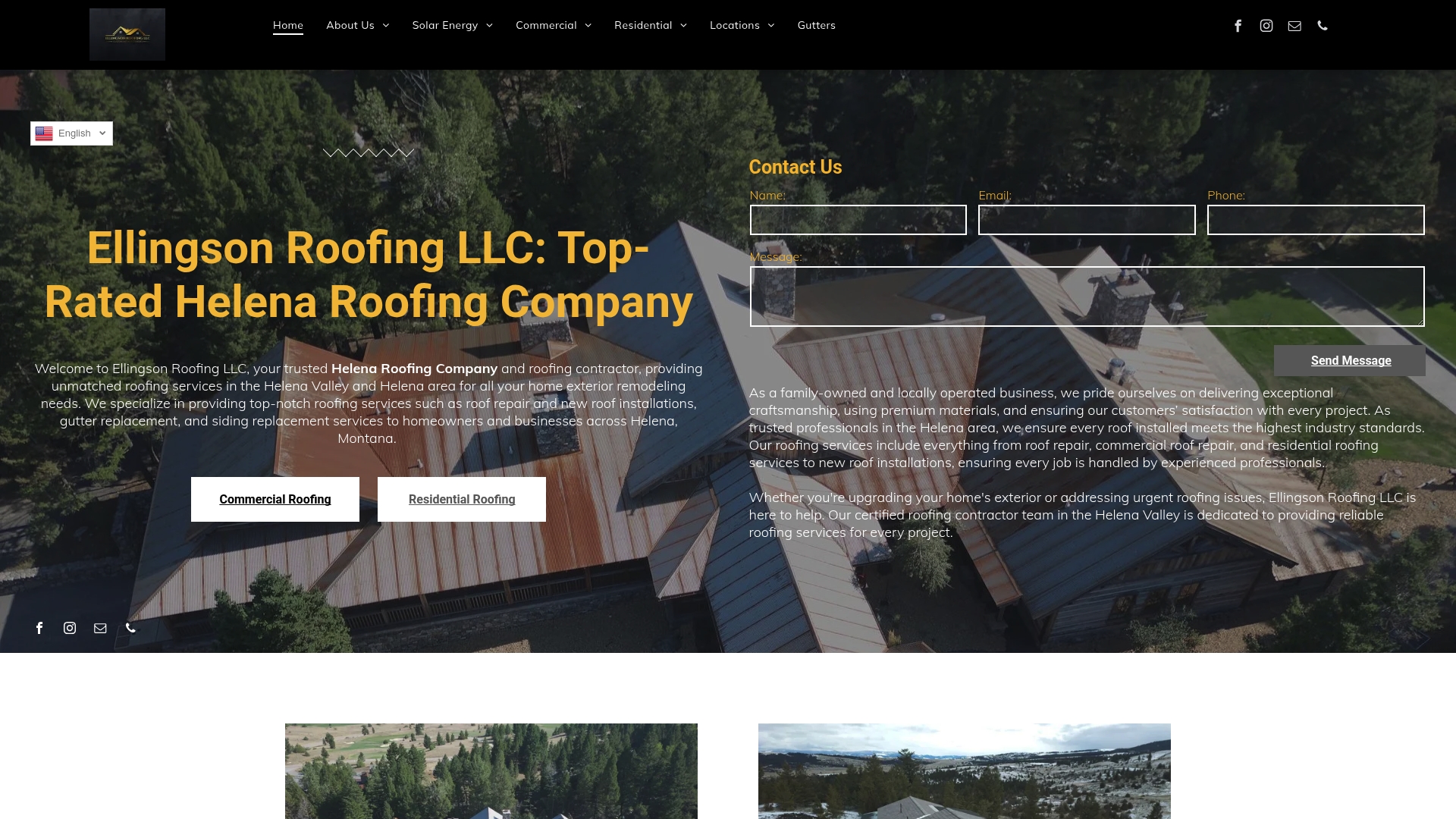
Let Ellingson Roofing LLC evaluate your roof for solar compatibility and ensure your installation is set up for success. Our Helena-based experts combine years of hands-on roofing with solar know-how to address your unique needs. Visit Ellingson Roofing LLC to request your free roof and solar assessment. Do not wait—take the first step toward a secure, energy-saving home while rates and incentives are still available.

